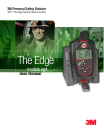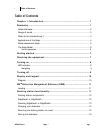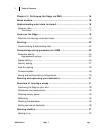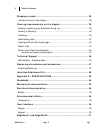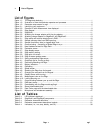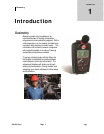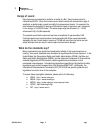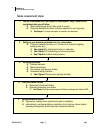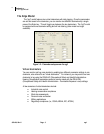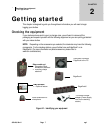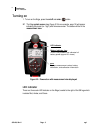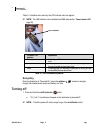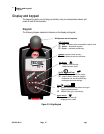
Dosimetry
Range of sound
053-644, Rev H Page 3 eg4
3
Range of sound
Sound pressure is measured in decibels, or tenths of a Bel. Sound pressure level is
indicated as dB SPL. Since the human ear can detect sounds with an extensive range of
amplitude, a decibel scale is used to simplify the measurement results. For example, the
ratio between the threshold of hearing and threshold of pain in the human ear if measured
in true energy is 10,000,000 times! The same range using the dB scale is 0 - 140 dB
referenced to 20 µPa (Micropascals).
The quietest sound that humans can hear has an amplitude of approximately 0 dB.
Prolonged exposure to sound pressure levels exceeding 85 dB can cause permanent
damage to the ear. Sound levels in excess of 130 dB are more than the human ear can
safely withstand and can result in serious pain and permanent damage.
What do the standards say?
Many organizations have studied and analyzed the effects of high sound exposure on
hearing. As a result, standards were developed to regulate personal noise exposure. In the
United States, the Occupational Safety and Health Administration (OSHA), the Mine and
Safety and Health Administration (MSHA), and the American Conference of Governmental
Industrial Hygienists (ACGIH) have all created regulations and limitations on total
permissible noise exposure. International standards are specified by the health and safety
regulations such as the European Union (EU) Directive 2003/10/EC. Additionally, the
International Electrotechnical Commission (IEC) IEC-61252 has specific guidelines and
regulations to monitor noise in the workplace.
To access these copyrighted standards, please refer to the following:
• OSHA -
http://www.osha.gov
• MSHA-
http://www.msha.gov
• NIOSH -
http://www.cdc.gov/niosh/topics/noise
• ACGIH - http://www.acgih.org/
• IEC -
http://www.iec.ch



